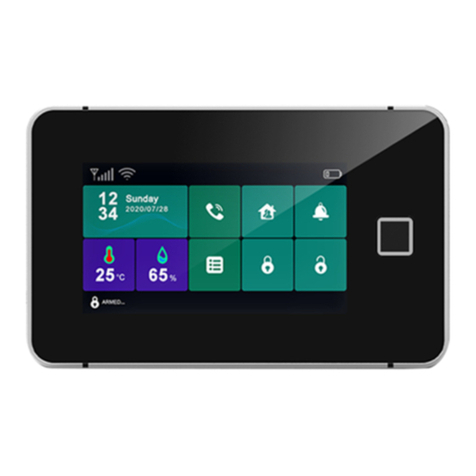
Please change to Soft AP Mode if the configuration fails in SmartLink Mode.
On your hub, press and hold the configuration button until the blue light flashes
slowly (once per 1s).
Tap the top right icon in APP to select “AP Mode”, then tap Slow flashing.
Tap Confirm > Go to Connect, then choose the Wi-Fi hotspot named
“Smartlife-XXXX” in your Wi-Fi list.
Go back to your app to wait the Wi-Fi configuration finishes, then tap Done.
Pairing
The wireless accessories supplied with this kit are paired with hub. IF NOT or
you want to pair more, you might easily pair wireless accessories with your hub
as following.
At your device home page in APP tap Accessories > +, or click configuration
button three times on your hub, then the hub goes into the pairing/sniffer mode
with both green and blue indicators blinking.
Trigger your wireless accessory that need to be added, then the hub sounds a
tone.
After the accessory is added,each of them will be classified to each
corresponding column automatically in APP.




























